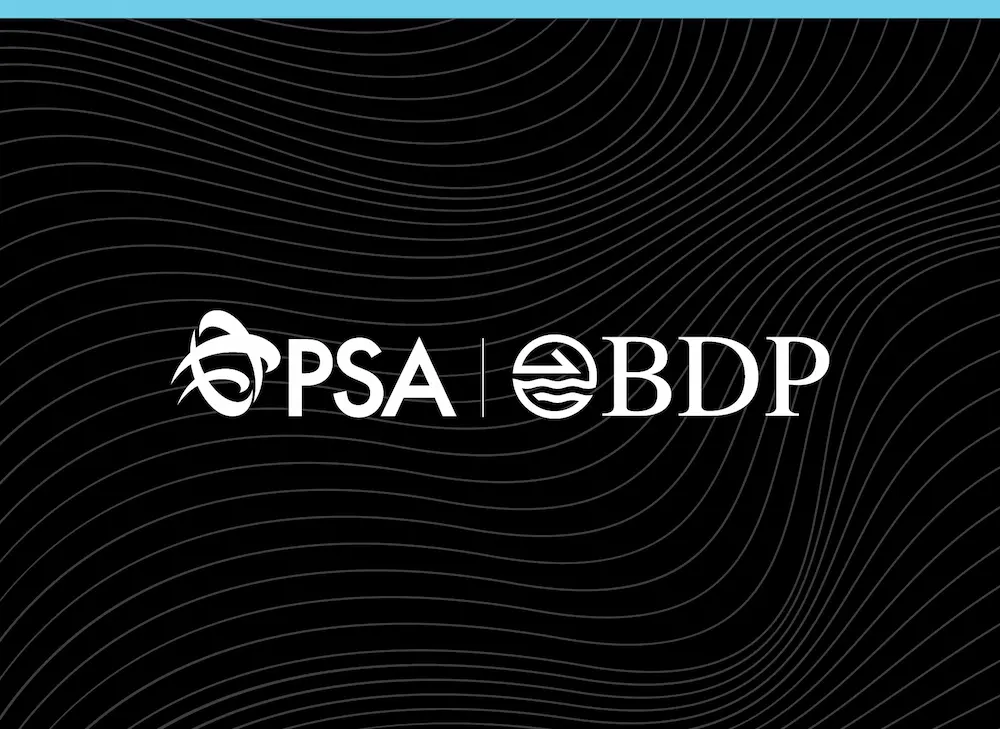RISK MONITOR
Stay ahead of supply chain disruptions, and your competition
With Risk Monitor digital solution, you can capture market opportunities and reduce costs with a resilient and high-performing supply chain.
Learn more about Risk MonitorChemical Logistics
Expertly navigating the complex world of chemical logistics
PSA BDP ensures safety, compliance, and reliability at every step of your chemical supply chain.
Learn more about our chemical expertiseServices & Solutions
Dynamic solutions forged by decades of experience
Our innovative solutions revolutionize supply chains and deliver what matters most by leveraging extensive expertise, cutting-edge technology, and a seamlessly connected global network.
Learn more about our services and solutionsSupply Chain Ecosystem
Empowering connected and integrated global ecosystems
Together with the PSA Group, our combined expansive global network connects you to markets across every continent, ensuring that your supply chain operates seamlessly no matter where your business takes you.
Learn more about our supply chain ecosystem-
RISK MONITOR
Turn risk into readiness
-
Chemical Logistics
The invisible thread
-
Services & Solutions
Built for your supply chain
-
Supply Chain Ecosystem
Members of the PSA Group

Made for Trade
Connecting trade and empowering networks with innovative supply chain solutions
Whatever your supply chain needs, we deliver it, because we’re made for every part of your journey. Our agility is your competitive advantage, as we connect trade and empower networks, globally and locally. We proudly partner with some of the world's largest multinational companies to deliver innovative and sustainable supply chain solutions.
PSA BDP: Made for Trade
Track a Shipment
MADE FOR SUCCESS
Products and solutions to move your world
The challenges of recent years reiterate the critical importance of global supply chains. Your company’s products enhance the lives of people all over the world. At PSA BDP, our ultimate mission is to deliver what matters to you and your customers. We offer dynamic solutions that deliver efficient and effective operations through experience, leading-edge technology, and a connected global network. With expert cargo handling, we help you minimize risk in a fast-paced and challenging global landscape to give you the competitive edge.
Global Colleagues
6900 Employees
And Growing
Global Offices
148 Offices
Globally
Industry Sectors
Life Sciences & Healthcare
A healthy dose of precision for your high-care products
Learn MoreOur Customers
See All CustomersCASE STUDY
Delivering Exceptional Supply Chain Solutions for the Consumer Retail Industry
When Blueoco and Geckobrands, global retail product leaders, experienced tremendous product growth and expansion, they needed a logistics partner who could bring visibility, efficiency, and industry expertise to their supply chain operations. Through cutting-edge technology, streamlined processes, and purposeful collaboration, learn how PSA BDP helped Blueoco and Geckobrands take their supply chain to the next level.
PSA BDP | Blueoco Customer Story
DID YOU KNOW?
PSA BDP is a proud a 3-time Responsible Care® Partner of the Year recipient.

Testimonial
Thanks to [the team's] proactive and flexible approach, we are able to deploy creative and alternative solutions when problems arise, whether it’s a strike, lack of equipment, or even a global pandemic.
Yves Antoine, Director Global Logistics Procurement, Arkema S.A.
Recent Articles & Upcoming Events
Navigate your supply chain
Our newest visibility platform, Smart Navigator, enables customers to manage complex, global networks through intuitive, real-time interfaces powered by our own big data and proprietary algorithms.
Locate a PSA BDP operation
PSA BDP delivers a global footprint with the local expertise to serve you and your customers. Locate a PSA BDP office to best serve your needs, wherever you are located.



